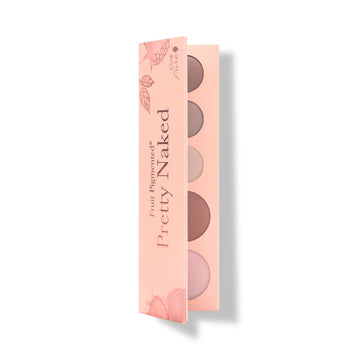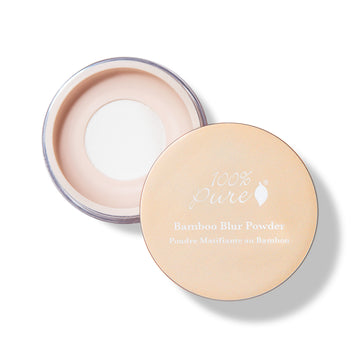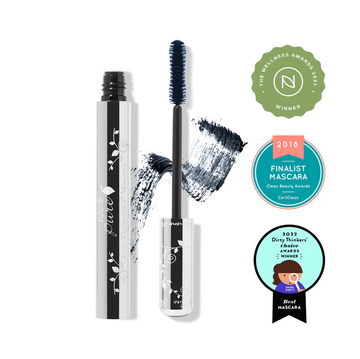Discussing the clean vs. natural standard, industry secrets, shopping tips, and more
Written by: 100% PURE ®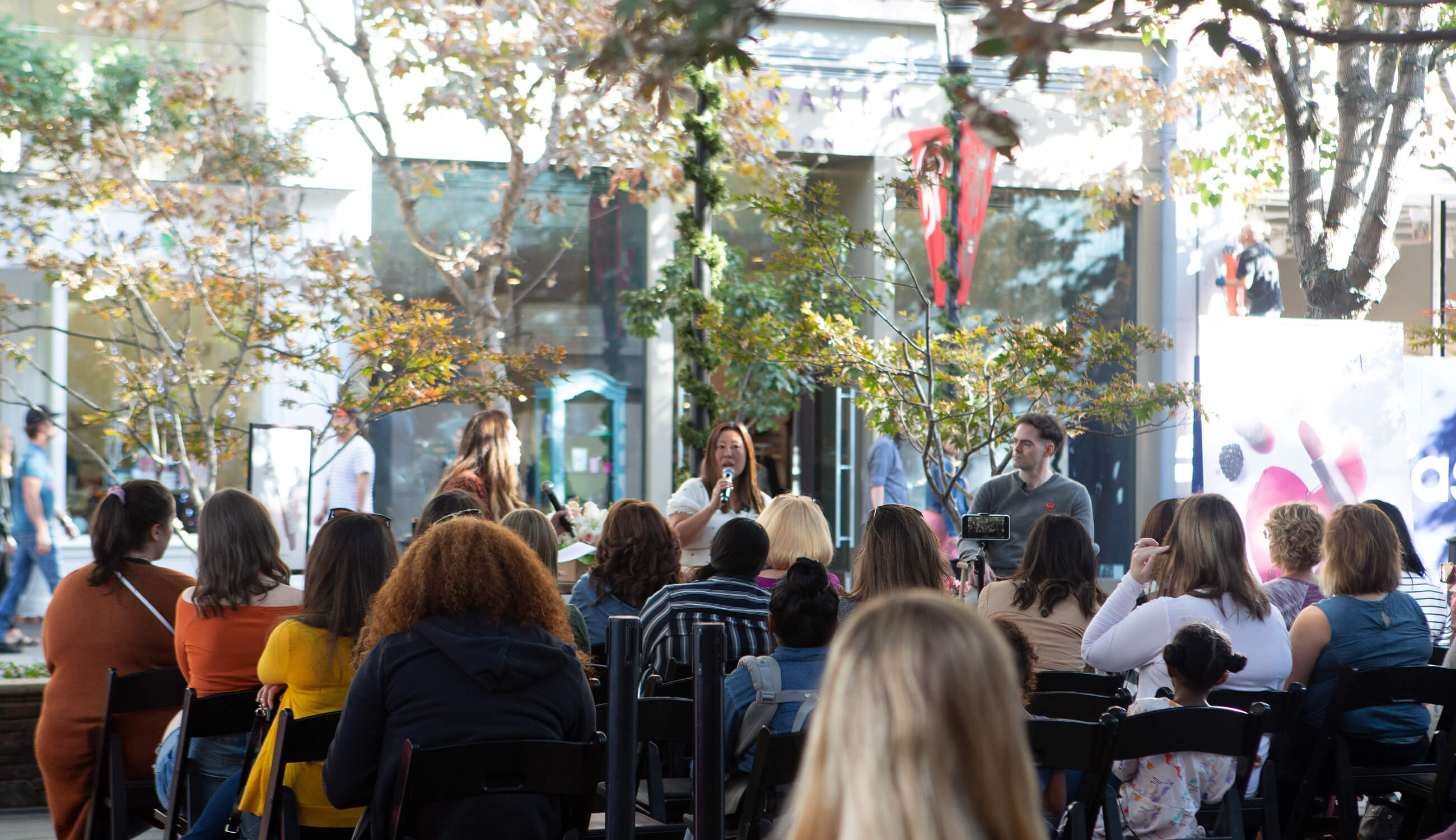
At 100% PURE™, we value education and transparency. That’s why we held a public panel discussion on November 16th, outside of our beautiful Santana Row storefront in San Jose, California. Audience members got insider access to the minds behind one of the first truly natural beauty companies: Ric Kostick and Susie Wang.
Our panel was mediated by local NorCal wellness and beauty blogger Jennifer Henry-Novich. As an expectant mother looking for safer alternatives in personal care routine, Jennifer discussed the importance of natural beauty products with founders Susie and Ric. “I like to talk about wellness, beauty, skin care, and… baby on the way! I’m 37 weeks today,” Jennifer beamed.
Two of our founders were on hand to advise on key topics of the global clean beauty discussion, and shared exclusive details on the inner workings and ethos of 100% PURE™. Read below to get little-known industry facts and knowledge directly from Ric and Susie!
November 16th, 2019
Susie: “When I was a freshman at UC Berkeley, that’s when vitamin C serums were being advertised all over the market. I really desperately wanted to try these vitamin c serums… so I saved up my lunch money and didn’t eat lunch for a week so that I could buy a vitamin C serum.” She soon discovered that every expensive serum on the market would oxidize not long after being opened, unleashing dangerous free radical activity onto the skin.
Not long after, UC Berkeley student Susie Wang was hard at work formulating her own technology to keep vitamin C from oxidizing and damaging the skin. After patenting this revolutionary technology, Susie was recruited by 3 of the world’s biggest cosmetic companies.
“I worked in Technology and Innovation, and did the framework for their patents.” For one company she created storyboards and brainstormed for new brands, and formulated in the lab for another. After knocking over a chemical in the lab one day and watching it warp a hard plastic table, she questioned why such dangerous chemicals were being marketed for use on delicate skin.
Ric: “My dad showed me an article in Forbes… they were doing a profile on her, saying she could be the next Estee Lauder. I didn’t know her, but I started looking up how I could get in contact with her.”
A few years passed before Ric and Susie finally connected, and soon they had Susie’s brother James in the mix to hatch the early concepts and formulas of 100% PURE™.
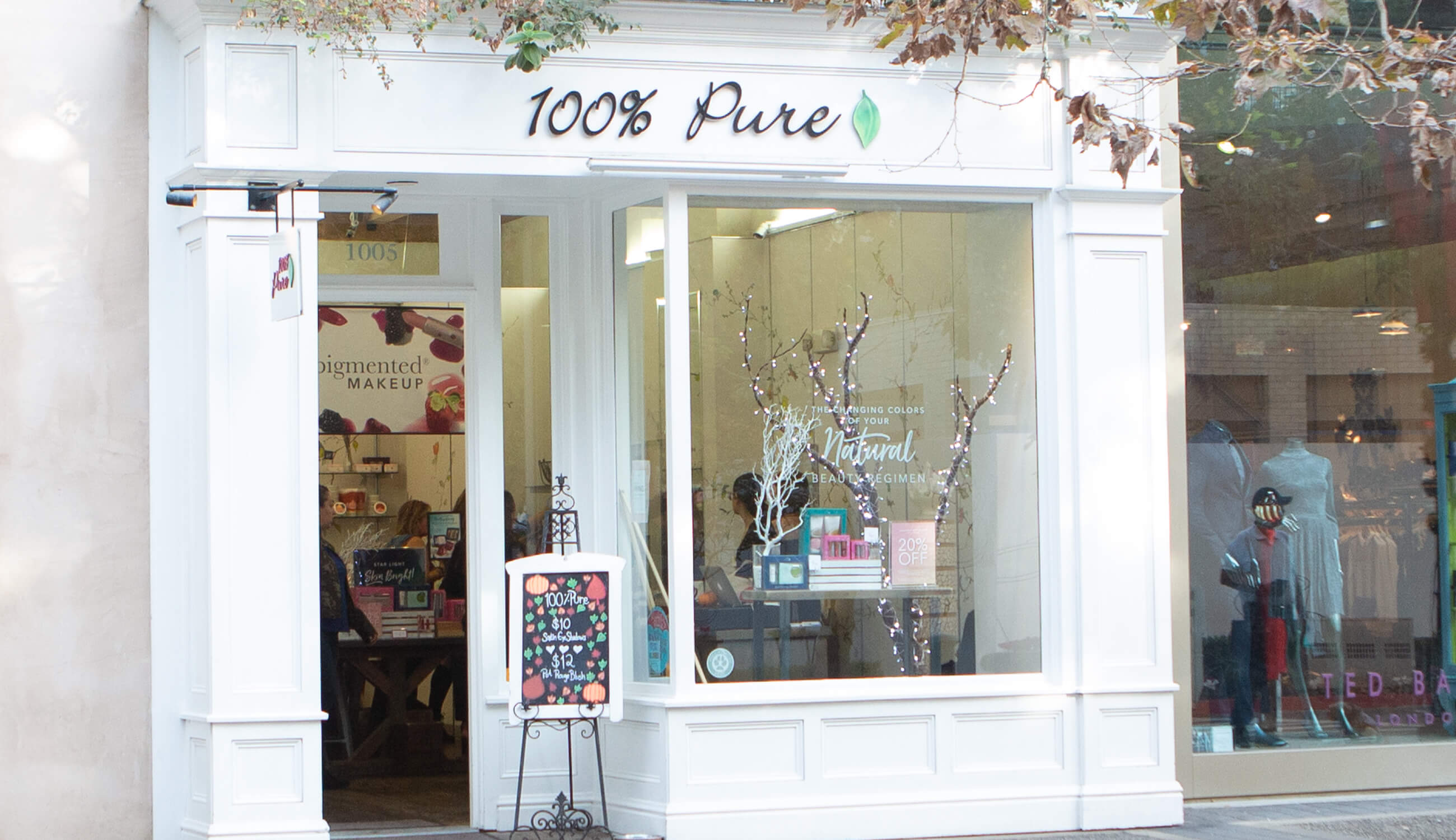
Susie: “There was nothing on the market in clean beauty. In 2004 we started the company – and clean beauty was only found in health food stores. There was nothing on the mainstream market that was healthy for you – it didn’t exist.”
“When I used to work for these cosmetic companies, I used to cry. I’d say ‘I can’t believe that we’re using chemicals that are shown to cause cancer in animals… Why can’t cosmetic companies use just 100% pure, healthy ingredients?’ And Ric just answered, ‘Let’s do it’.”
-
Coal tar (which Susie says can be found in all mascara)
-
Formaldehyde (the same preservative used for postmortem embalming)
-
Synthetic dyes (which can contain heavy metals like lead, arsenic, cadmium)
-
PTFE (commonly known as Teflon, which is used in non-stick pans)
-
Endocrine disruptors (phthalates, parabens, triclosan and more)
Susie’s big piece of advice here was encouraging shoppers to read labels religiously. If you’ve ever used a birth control patch or nicotine patch, you’ll know that topical applications of products can easily enter the bloodstream – so it’s critical to get acquainted with the ingredients you’re applying to skin every single day. She also brought up an interesting tidbit about garlic, which supports her points about transdermal absorption!
Ric: “There are a lot more brands out there now. It’s gotten much better… but it’s still confusing. It’s like the transition of natural – before clean, it was all about natural. Natural beauty kind of took a hit, because there is no regulatory definition of natural: your definition of natural might be different than our definition of natural. The industry really took a hit from our legal system.”
Ric continued to explain that while many brands continue to “cleanwash” (similar to “greenwashing” ), there is a continued forward consciousness around safe ingredients, and a demand for products that really deliver on that factor. “It’s not just about natural – it’s about safe beauty. It’s the evolution of beauty beyond natural.”
The 100% PURE™ CEO also advised that in terms of regulations on clean and natural, “The EU is beyond the US, and the US is beyond Asia – but you wouldn’t know that from their marketing.” He mentioned that in countries like China, packages “cleanwash” their messaging with leaves and botanicals to disguise truly toxic, non-clean formulas. “When you dig into their ingredients, they’re not clean – and that’s a problem.”
Ric: “The US has a history of moving slow when it comes to regulations. You can take the example of pesticides: the EU bans a lot of different pesticides, incredibly harmful pesticides that the US didn’t get around to banning until 20 years later.”
While the EU tends to play it safe to avoid health and contamination risks, Ric explained that in the US, it will take repeated complaints and cases against an ingredient to create a catalyst for regulation. “There has to be overwhelming evidence in order for the US to create legislation – the EU doesn’t need that to deem an ingredient as unsafe.”
Ric: “Leaping Bunny for cruelty-free, and PETA also does a cruelty-free certification. As far as clean, there are no certifications, but plenty of great apps like Think Dirty; you also have EcoCert and CosmoCert, which are prevalent in Europe.”
Susie: “Recently, these have become a huge concern. There has been a huge influx of certain types of cancers. Ovarian cancer, testicular cancer, thyroid cancer, prostate cancer, birth defects, autoimmune diseases, and reproductive illnesses.”
Since there has been such a rise in those affected by these diseases, research has been done to determine the connecting factors – and one proven cause is endocrine disruptors. Phthalates are one of the top offending endocrine disruptors, found in products like chemical sunscreens, “fragrance”, and triclosan (often found in soap). Susie mentions that three quarters of all cosmetics on the market contain phthalates.
100% PURE™ natural beauty products are infused with vibrant, natural pigments from real fruit. Our best-selling Pretty Naked Palette features pomegranate, grape, and acai; the award-winning Bamboo Blur Powder is made with peach and apricot; even our critically acclaimed Ultra Lengthening Mascara features fruits like blackberry and blackcurrant.
Susie: “When we first used first pigments in makeup, the products weren’t very good. Fruits have sugar, so they felt sticky when you wore them. Fruits have fiber, so they wouldn’t adhere to the skin. But over 15 years, we’ve perfected it – so our color cosmetics are colored by fruit, but are just as good as anything you can buy at Sephora.”
“It all comes down to something that is really core to our brand. Every week our leadership team meets, and we discuss what is most important to our core customers – and we realized that trust is a major factor for them.
“As a company, your trust is important to us, and it’s important that we do not let you down. And that’s what the future is going to be – because you’re not going to know what’s clean or what’s not clean. It’s essential for us that we do our research, and that we don’t let you down – and that everything we make is healthy and clean.”
- Tags: Clean Living, December-2019
We carefully hand-select products based on strict purity standards, and only recommend products we feel meet this criteria. 100% PURE™ may earn a small commission for products purchased through affiliate links.
The information in this article is for educational use, and not intended to substitute professional medical advice, diagnosis, or treatment and should not be used as such.












